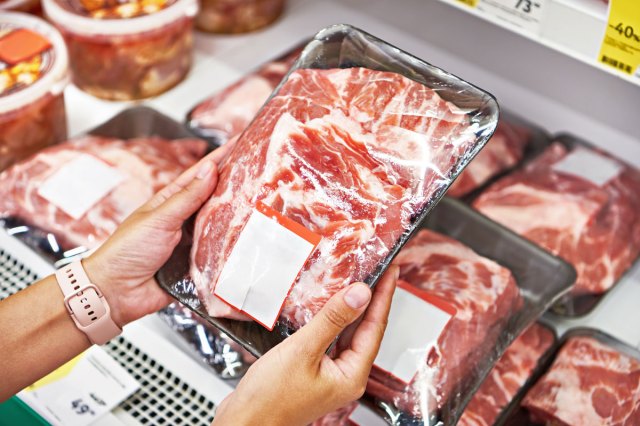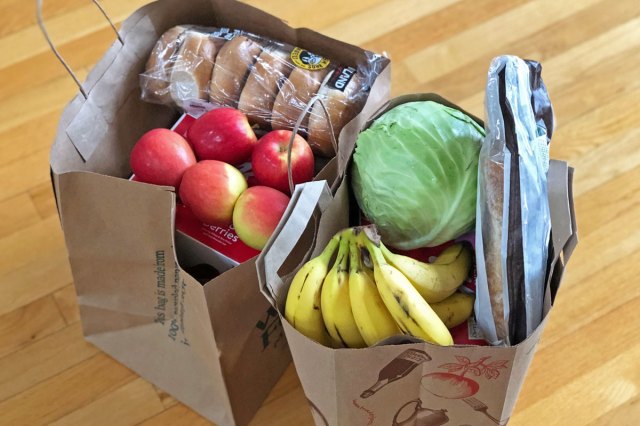We’ve all been there. You open the refrigerator, grab the milk carton, and, upon checking the expiration date, discover that it was yesterday. What do you do next? Some of us will pour it into our cereal anyway because there’s no way a day makes that much of a difference; others will give it the sniff test to determine whether the milk is still good or not, and others still will go the better-safe-than-sorry route and pour the entire carton down the drain. If you’ve ever been confused by expiration dates — to say nothing of the difference between them and “best by” dates — there’s a good reason: They’re somewhat vague for the most part, less an exact science than a general recommendation.

So What Do Expiration Dates Mean?
That doesn’t mean there aren’t experts to turn to for advice, however. “Food dating is more about food quality than food safety,” according to Janilyn Hutchings of StateFoodSafety. “With the exception of baby formula, the food dating system is not government-regulated or standardized, so the dates printed on most items are actually suggestions from the manufacturer to help you know when the product is at its best quality.” Jennifer Kaplan of the Culinary Institute of America, meanwhile, calls expiration dates “a manufacturer’s vague estimate of when the product is at its ‘freshest’ and notes that many foods remain perfectly safe to consume days, weeks, or months after their listed date.”
There’s widespread agreement on this issue, with most experts saying that most expiration dates, while helpful in a broad sense, shouldn’t prompt you to throw out food that’s somewhat arbitrarily considered “bad.” The biggest reason is food waste, which contributes to misunderstandings over expiry dates. According to ReFED, 38% of America’s food supply went unsold or uneaten in 2021 — 80 million tons of perfectly good food, or nearly 149 billion meals’ worth. Not all of that is due to people throwing away their yogurt, of course, but the U.N. Intergovernmental Panel on Climate Change estimates that 8% – 10% of all greenhouse gas pollution is caused by food loss and waste. The good news is that this is a fairly easy problem to solve if more people become aware of what expiration dates really mean — and what they don’t.

The Food Expiration Police
It bears repeating that, other than baby formula, none of this is regulated by any actual authority — it’s mostly just guesswork on behalf of companies who would prefer you associate their products with freshness and the best possible taste. If that means that some consumers throw said products away before actually consuming them and have to buy more, well, it’s hard to imagine most companies being bothered by that. Expiration dates weren’t even introduced until the 1950s, when a company named Marks & Spencer’s began using them internally; they didn’t add them to shelves where customers could see them until 1970.

Expiration Dates vs. Sell-By Dates
Actual expiration dates have become less common in recent years, with “sell by,” “best by,” and “use by” being seen on more and more items. That’s a positive development insofar as these labels don’t imply that the food in question is necessarily bad after the listed date, but it does create confusion over the precise meaning. As you might expect, that’s because none of them have precise definitions other than “sell by,” which is more useful for stores than it is for consumers. Next time one of these labels leaves you feeling uncertain as to how you should proceed, many experts suggest following Gandalf’s timeless advice: “If in doubt, always follow your nose.”
Feature Image Credit: StefaNikolic/ E+ via Getty Images
More From Our Network
Better Report is part of Inbox Studio, which publishes content that uplifts, informs, and inspires.














